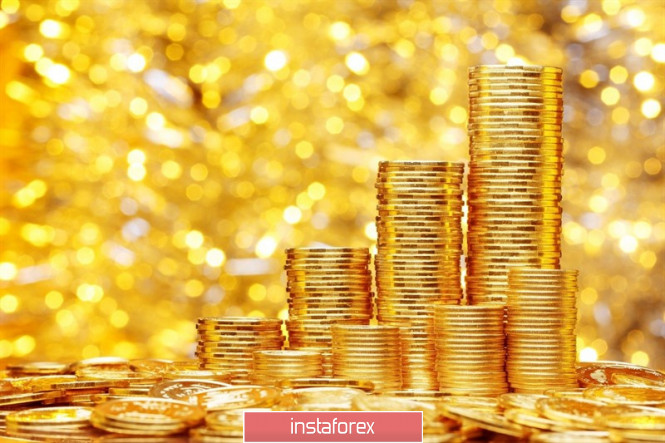
The main driver of the growth in the value of gold is the demand for the precious metal as a tool for hedging the risks of a trade war between the United States and China. Do trade disputes between the world's two largest economies really play into the hands of gold? Will the precious metal be able to reach $1,600 thanks to them before the end of the year?
In order to answer these questions, it is necessary to consider the dynamics of gold prices in relation to the stages of the trade war.
Recall, the trade conflict began in January last year, when the White House imposed seemingly innocuous duties on solar panels and washing machines from China. However, this was followed by a 25% tariff duty on Chinese steel and 10% on aluminum.
The next round began in the summer of 2018 and lasted from July to September.
The Washington-Beijing trade war has been going on for more than 460 days, and currently the United States has imposed $550 billion worth of tariffs on Chinese goods. China has paid $185 billion in reciprocal duties on American products.
Now consider the dynamics of gold prices over the past 20 months. Last year, quotes fell from $1,300 per ounce in January to $1,200 in October. The main losses were suffered by the precious metal in April-September 2018, when rhetoric was tightened and actual actions of the parties to the conflict intensified. This year, after a summer surge that led gold to six-year highs (just below $1,560), the precious metal was trapped in a narrow trading range. In part, this may be due to profit taking at overbought levels. A certain pressure on the precious metal is exerted by increased hopes for a speedy conclusion of the US and China trade deal. Many believe that the settlement of the trade conflict reduces the need for hedging risks and, accordingly, the demand for gold.
Another factor that has put pressure on gold in recent weeks is the US dollar. The USD index, which reflects the strength of the greenback against a basket of six currencies, has grown by more than 2% since the beginning of the year, and in September reached an almost two-year high of 99.33. Although such dynamics look rather pale compared to six-year highs of gold and its 13% rally since the beginning of the year, the US currency that has risen in price in recent weeks has become a serious obstacle to gold.
Thus, trade wars had an ambiguous effect on precious metals, as they strengthened the position of the dollar - the main competitor of gold.
It is assumed that by the end of the year the precious metal will nevertheless reach $1,600 or even overcome it, and in 2020 will try to storm record highs above $1,900.
These expectations are based on the fact that the Federal Reserve has two more attempts to reduce the interest rate in the current year (at least a quarter point in each round), as a result of which the rate will decrease to 1.5% per year.
It is also doubtful that the United States and China will be able to resolve their differences by the end of the year and sign a deal that will not lead to increased antagonism on both sides.
In addition, many other uncertainties remain, including conflict in the Middle East and Brexit. Impeachment against Donald Trump can also cause a sharp jump in gold prices.
The material has been provided by InstaForex Company - www.instaforex.com